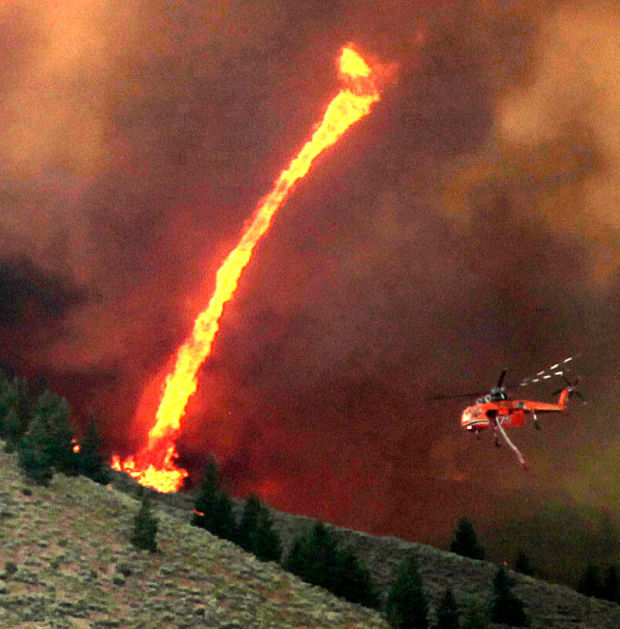by Penny M. Hagerman
As seasons change and winter gives way to spring, you may want to keep your eyes on the skies. From March through September each year, changing weather patterns produce powerful tornadoes, which threaten lives and destroy property wherever they land.
But what exactly are tornadoes: whirlwinds or just a bunch of hot air?
Both. The National Oceanic and Atmospheric Administration (NOAA), a federal agency and leader in scientific and environmental matters, defines tornadoes as “violently rotating columns of air that extend from thunderstorms and come into contact with the ground”—and one of the most destructive forces of nature known to man.
Tornadoes: the Nature of the Beast
Each year, about 1,200 tornadoes with wind speeds as high as 300 mph touch down in the United States, causing billions of dollars in property damage and loss of life.
If you’ve ever seen a tornado, you can attest to their ravaging nature and awesome power. With intensity measured on a scale of zero to five, twisters often wreak havoc wherever they go as they destroy everything in their path: homes, trees, cars, shopping malls and anything else that isn’t anchored down—even people and pets.
The numbers of insurance claims that result depend on factors like strike location, population density and community preparedness.
Tornado Insurance Coverage
When skies turn dark and funnels appear, there’s no need to worry excessively about damage tornadoes may cause your home. Your standard homeowners policy has that covered, as well as other expenses like the cost of temporary housing and other daily necessities.
That means if a tornado displaces your family from its home, you’ll have time to make repairs, relocate or rebuild using funds supplied through your insurance contract.
If your vehicles get damaged during a spring storm, and you have comprehensive coverage under your auto insurance plan, your insurer will also pick up the tab for that.
Though comprehensive auto insurance is totally voluntary, it’s a purchase anyone living in a tornado-prone area should seriously consider. By replacing cars, trucks and other vehicles once the storm has passed, your comprehensive car insurance coverage can get you back on the road and mobile again.
Tips for Protecting Home and Property
Whether or not you live in “Tornado Alley,” the area of the country that extends north from Texas through eastern Nebraska and northeast to Indiana, you’re still vulnerable to tornadoes, says DisasterSafety.org.
But if you take these steps now to protect your home and family from disaster, you don’t have to get blown away when Mother Nature releases her fury:
- Add strapping to help tie the house together. Areas of vulnerability include roof, walls and foundation.
- Consider installing a tornado shelter that meets safety requirements established by the National Storm Shelter Association (NSSA).
- If you can’t afford a shelter, identify the safest area of your home—usually a small interior room without windows—where you can ride out the storm when a tornado threatens.
- Purchase a NOAA weather radio specifically tuned to pick up weather warnings in your local area.
- Make sure everyone in your family is familiar with your community’s severe weather warning system and knows what to do when a tornado threatens.
- Identify escape routes from your home and designate an emergency meeting place for your family to reunite in case of disaster.
- Put together an emergency kit that includes first aid supplies, a flashlight and batteries, work gloves portable lanterns, cash, extra car keys and important documents like insurance policies—and store it in a safe place outside your home.
Though measures like these can’t guarantee your safety, they can help prepare you and your family for the worst—and minimize the damage tornadoes cause.
